The line of beauty: Ian Callum on the Jaguar E-Type
Jaguar design director Ian Callum celebrates the iconic E-Type – as desirable now as when it was first built
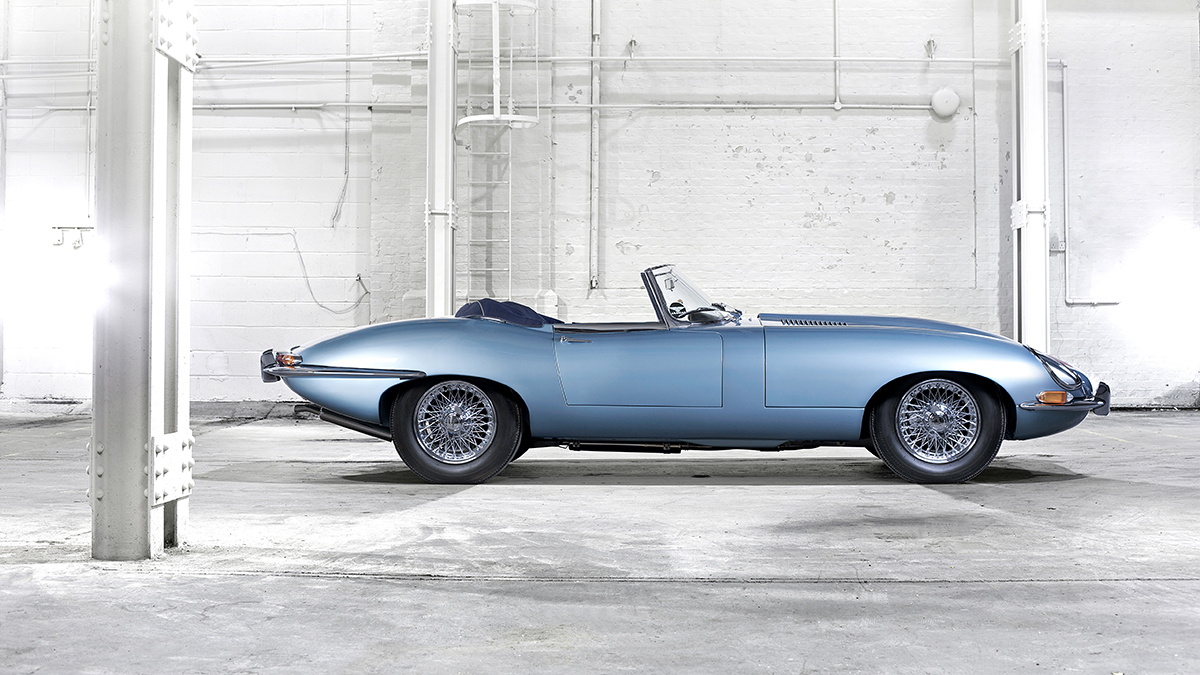
The secret to the E-Type’s enduring appeal is its dramatic proportion and the total purity in its execution. It’s that specific volume of the cabin at the rear that almost exaggerates the bonnet and makes it look very dramatic, very exciting.
The E-Type’s purity of form was born out of an absolution of geometry. The designer, Malcolm Sayer, was an aerodynamicist who had worked on all of Jaguar’s racing cars prior to the E-Type, so he wasn’t going to be influenced by the frivolity of superfluous lines.
The aerodynamic concept that went into this car was revolutionary, too. It stemmed from the first principles of aerodynamics, and it’s about that teardrop shape that holds the air onto the body of the car for as long as possible before you let it go. (We know now, of course, that it’s best to spoil it off the back – that’s why tails are so high these days.)
The Week
Escape your echo chamber. Get the facts behind the news, plus analysis from multiple perspectives.

Sign up for The Week's Free Newsletters
From our morning news briefing to a weekly Good News Newsletter, get the best of The Week delivered directly to your inbox.
From our morning news briefing to a weekly Good News Newsletter, get the best of The Week delivered directly to your inbox.
The power came before the design – the XK engine is a very famous, straight-six layout that Bill Heynes devised as a racing powerhouse. That really came first – the drivetrain and the engine and the gearbox – the car was wrapped around that.
The car itself is based on the same construction as racing cars such as the D-Type; it had a monocoque body with a space frame hanging off it that housed the engine and the gearbox. That was to get the weight and structure of the car down to an absolute minimum, while still keeping it strong. It was a road-going racer, really. The engine sits far back in the car for better weight distribution, and the ratio between the bonnet length and cabin size is almost 50:50 – which reminds you that this is all about power.
Enzo Ferrari said the E-Type was the most beautiful car ever made (not long before Ferrari brought out the 275 GTB). The amazing thing with the E-Type was how the surface of the car is held tight to the mechanics and the occupants and, actually, if you see one now, you realise it’s tiny. That sense of purity and discipline is still something we are always seeking to apply to our cars now.
I used to say the E-Type looked like the future had landed. It came out in the Sixties, when the whole of British industry was rising to a peak of creativity. Which brings us to another great thing about this car: it wasn’t the price of an Aston or a Porsche, it was actually an attainable price for the time.
A free daily email with the biggest news stories of the day – and the best features from TheWeek.com
Ian Callum has been design director at Jaguar since 1999, and is responsible for the XK, XJ and the XF, which has garnered more than 80 industry awards. Prior to his time at Jaguar, he designed the Aston Martin Vanquish.
-
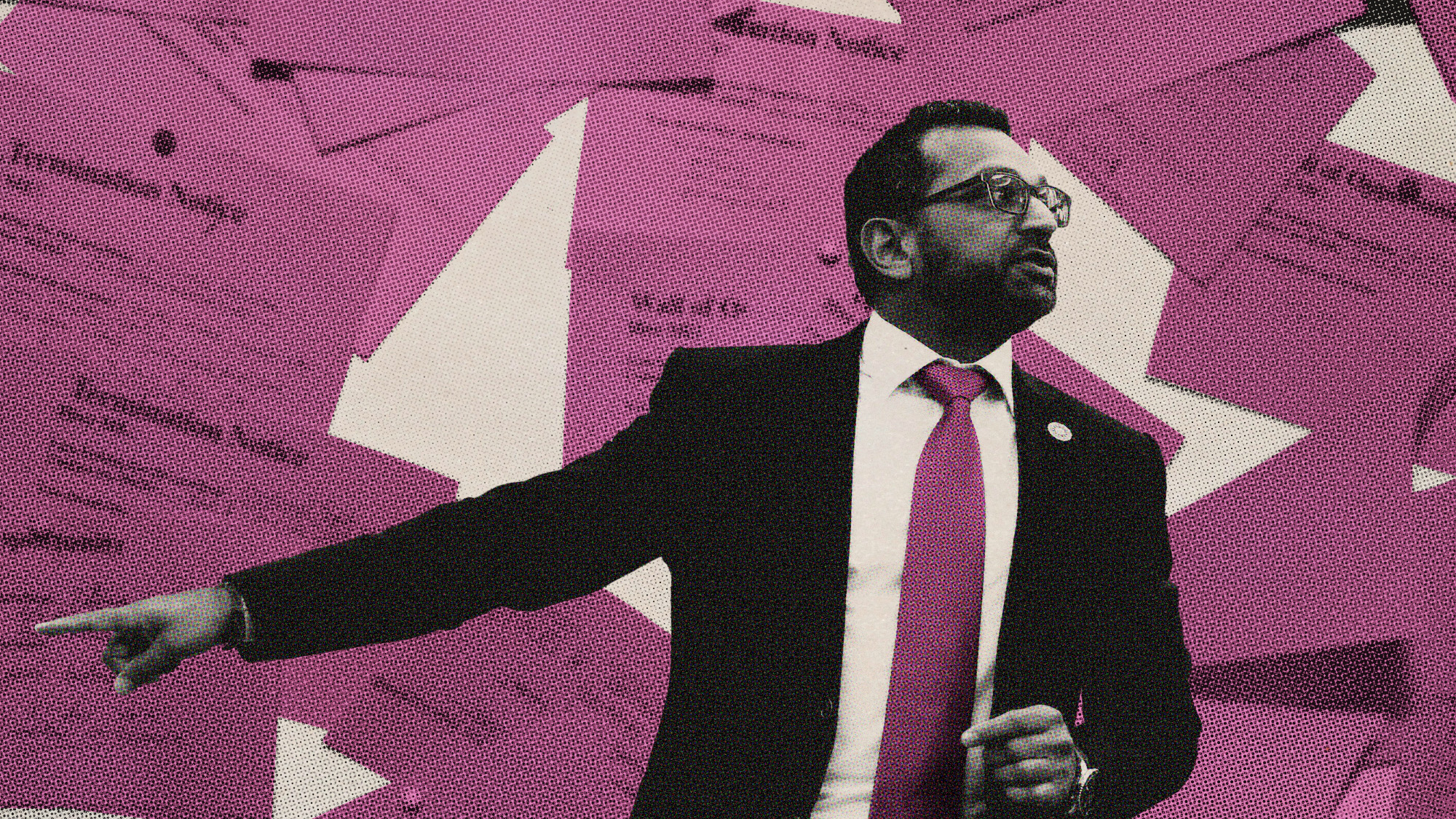 Constitutional rights are at the center of FBI agents’ lawsuit
Constitutional rights are at the center of FBI agents’ lawsuitIn the Spotlight The agents were photographed kneeling during a racial justice protest
-
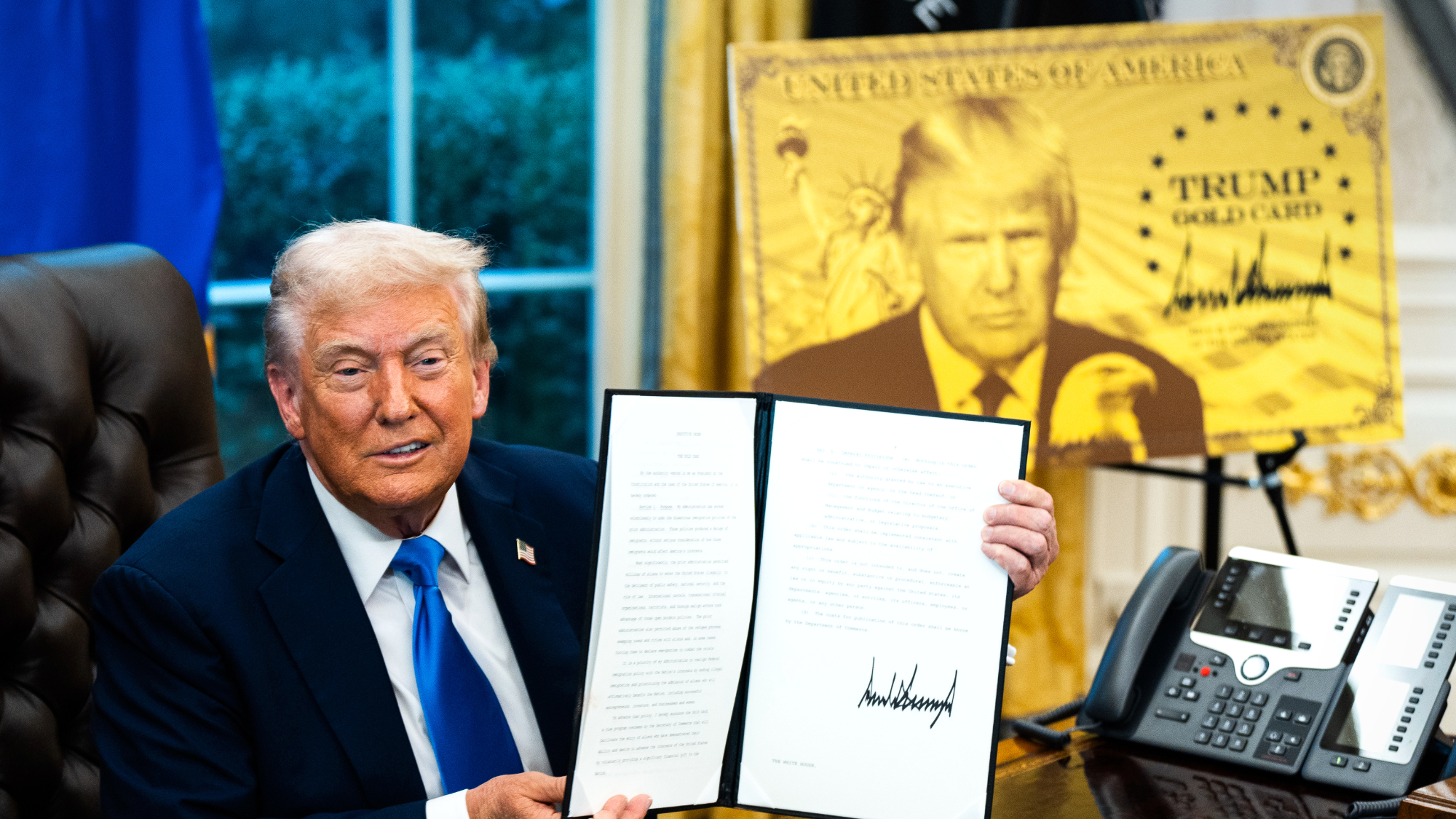 $1M ‘Trump Gold Card’ goes live amid travel rule furor
$1M ‘Trump Gold Card’ goes live amid travel rule furorSpeed Read The new gold card visa offers an expedited path to citizenship in exchange for $1 million
-
 US seizes oil tanker off Venezuela
US seizes oil tanker off VenezuelaSpeed Read The seizure was a significant escalation in the pressure campaign against Venezuelan President Nicolás Maduro
-
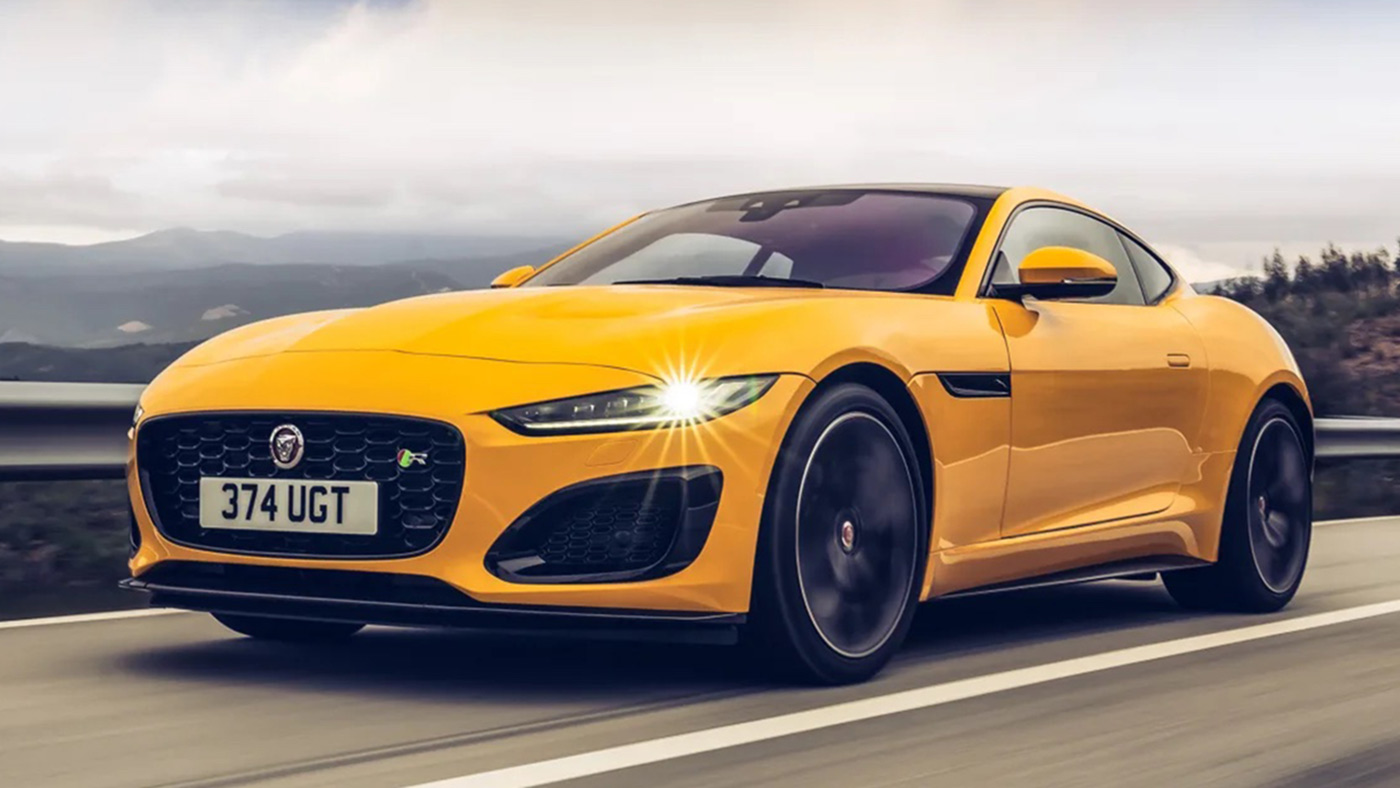 Jaguar F-Type review: what the car critics say
Jaguar F-Type review: what the car critics sayThe Week Recommends The F-Type remains a ‘refreshingly old school’, ‘wildly good-looking car’
-
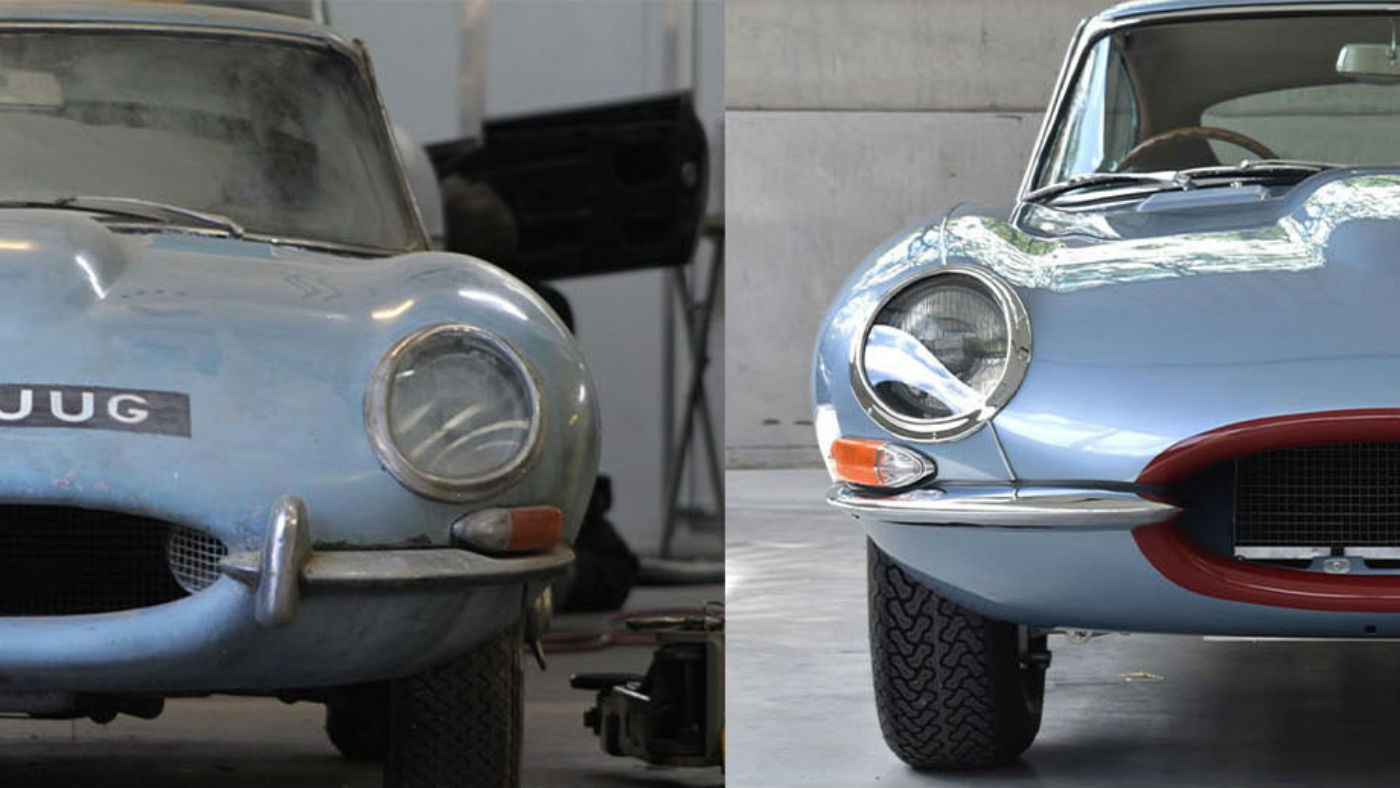 Pictures: 1964 Jaguar E-Type restored to perfect condition after 40 years sat in garage
Pictures: 1964 Jaguar E-Type restored to perfect condition after 40 years sat in garageSpeed Read The classic has been transformed with a number of modern upgrades
-
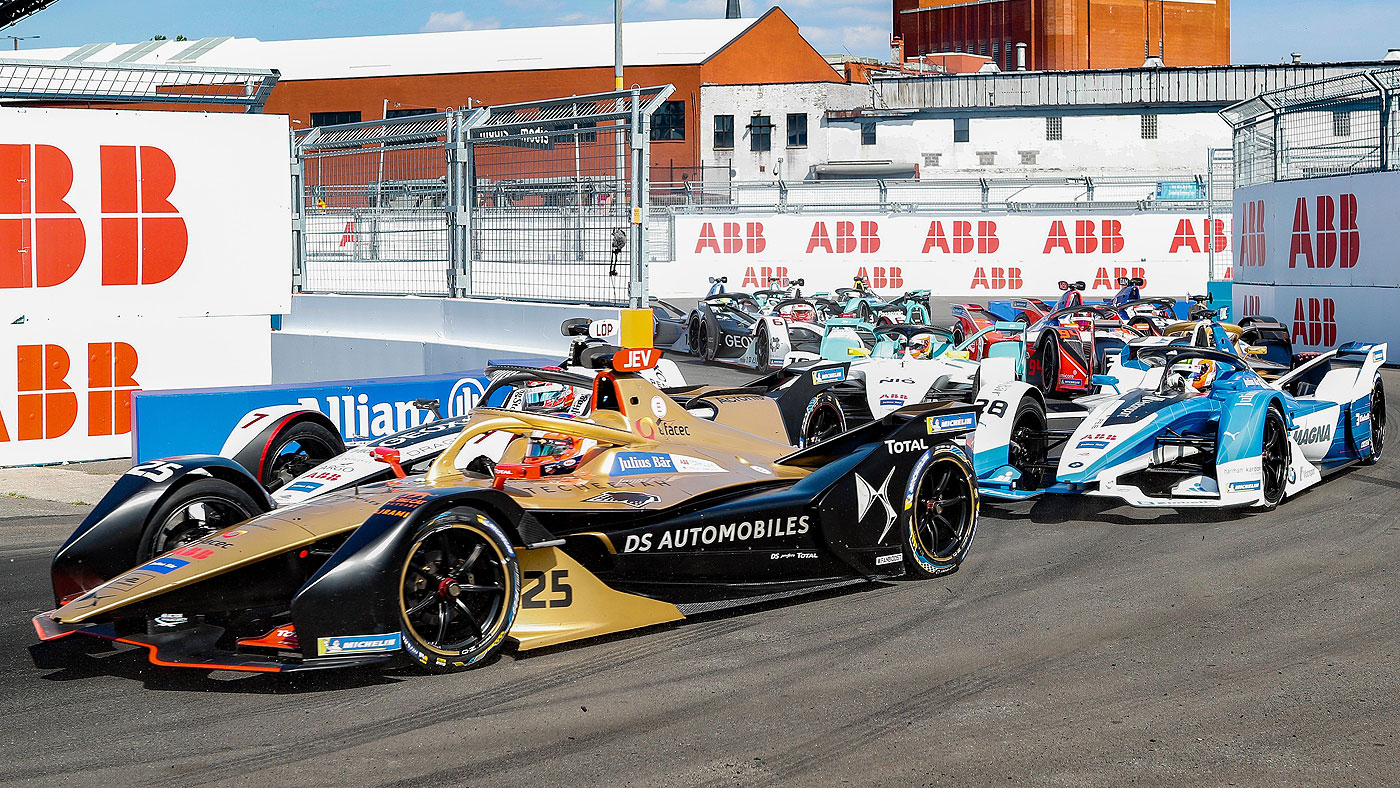 Five ways Formula E will change electric cars
Five ways Formula E will change electric carsIn Depth The cars competing in the ABB Formula E championship may look like F1 racers, but their technology may find its ways into your next car
-
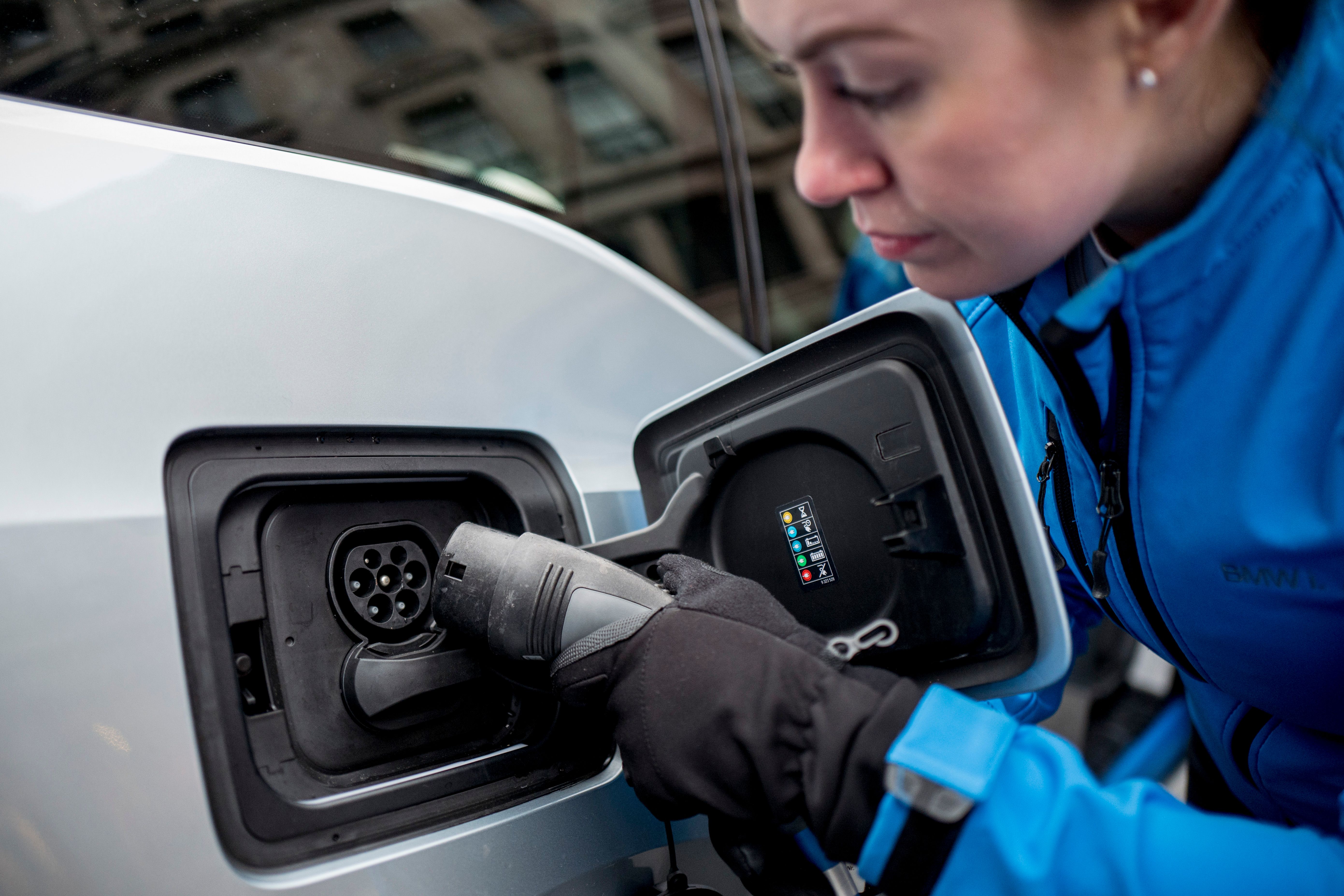 Electric cars: why solid state batteries will eliminate range anxiety
Electric cars: why solid state batteries will eliminate range anxietyIn Depth Cutting-edge battery tech provides twice as much power per charge as lithium-ion versions in current EVs
-
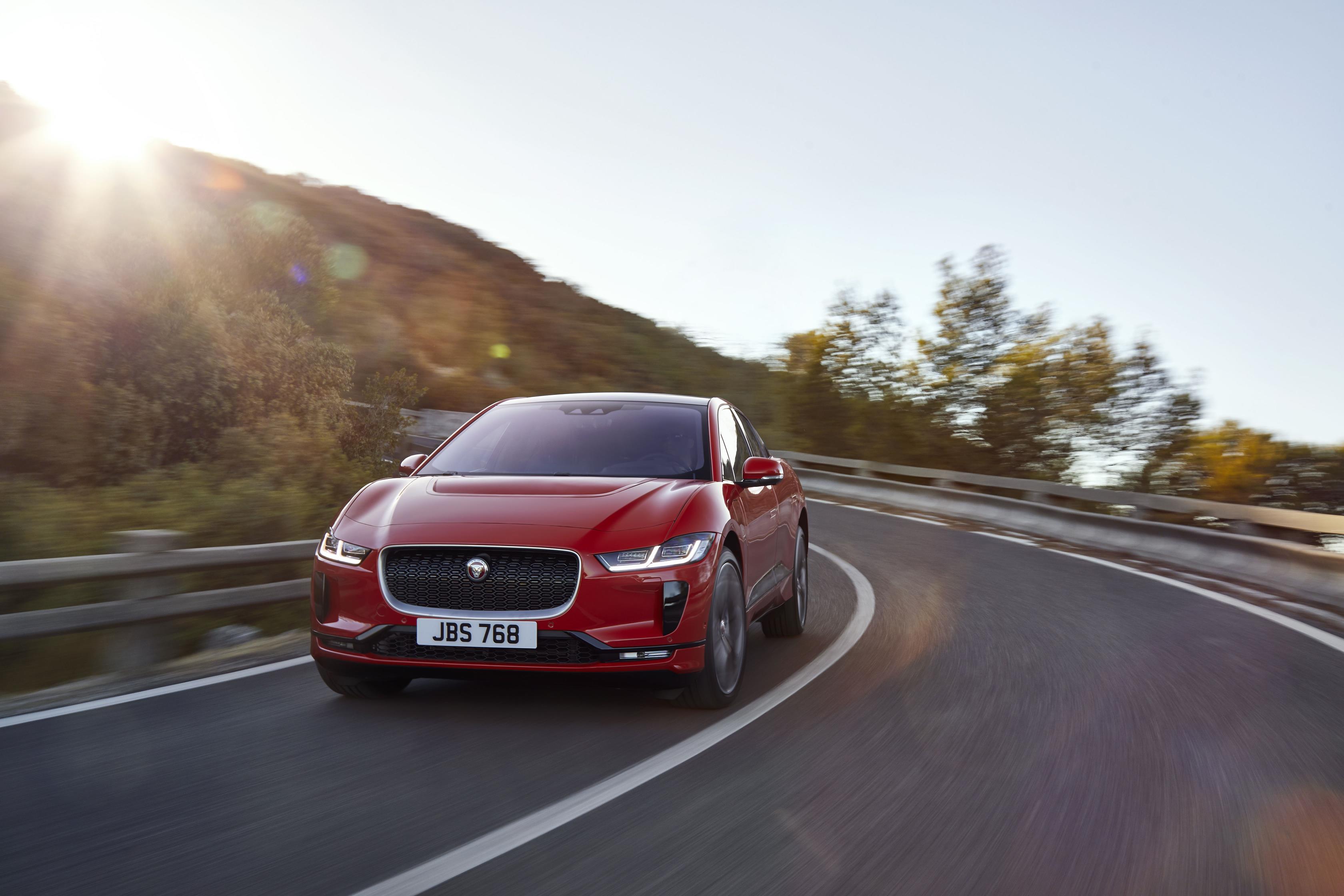 Mercedes EQC vs. Audi e-tron vs. Jaguar I-Pace: which is the best electric SUV?
Mercedes EQC vs. Audi e-tron vs. Jaguar I-Pace: which is the best electric SUV?The Week Recommends The EV market is hotting up with an influx of electrified crossovers - here’s how three of the best compare
-
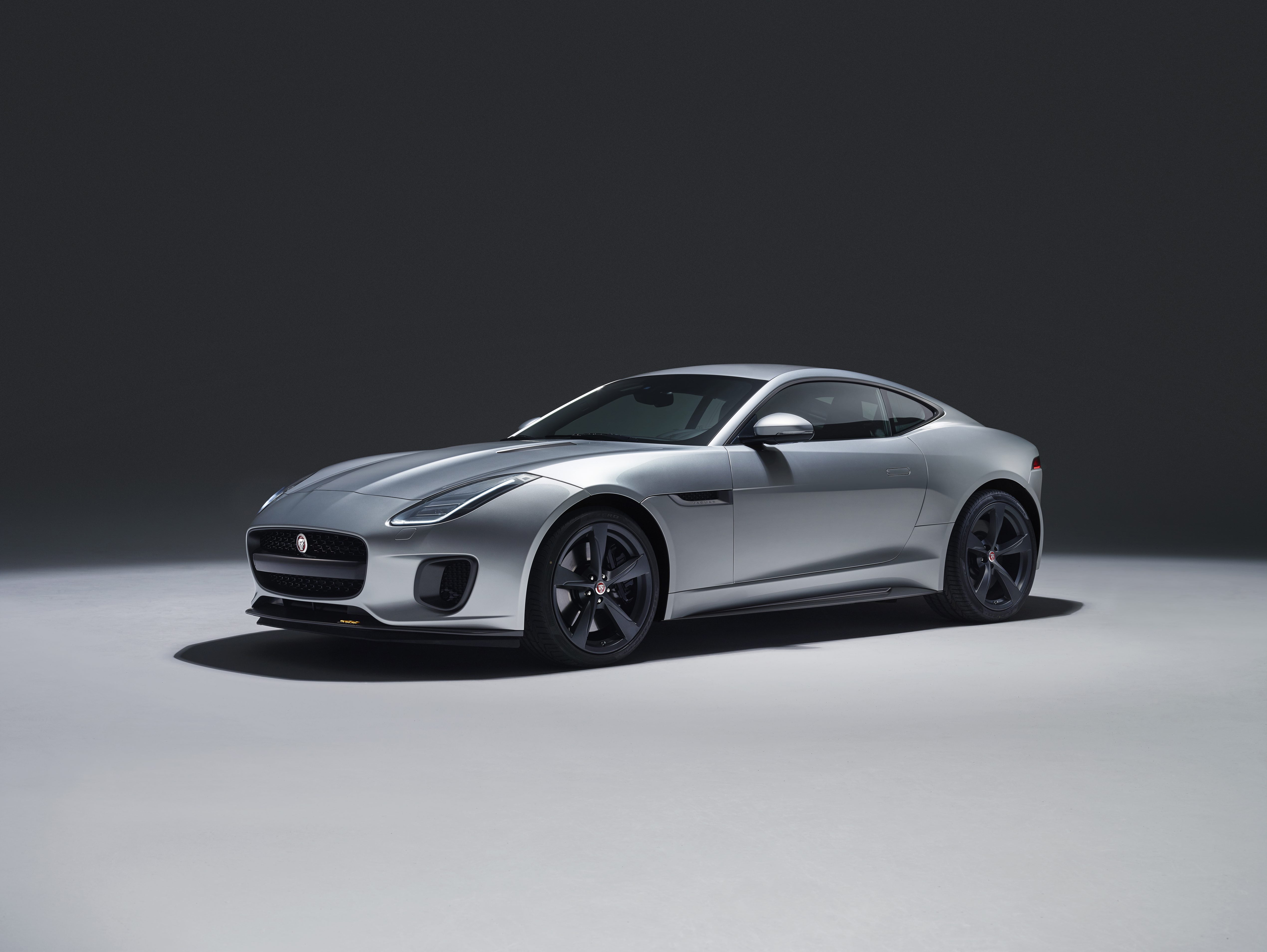 Jaguar F-Type 2020: spy shots, electric options, specs and release date
Jaguar F-Type 2020: spy shots, electric options, specs and release dateIn Depth The British marque’s next-generation sports car has been spotted being tested near the company’s HQ in Coventry
-
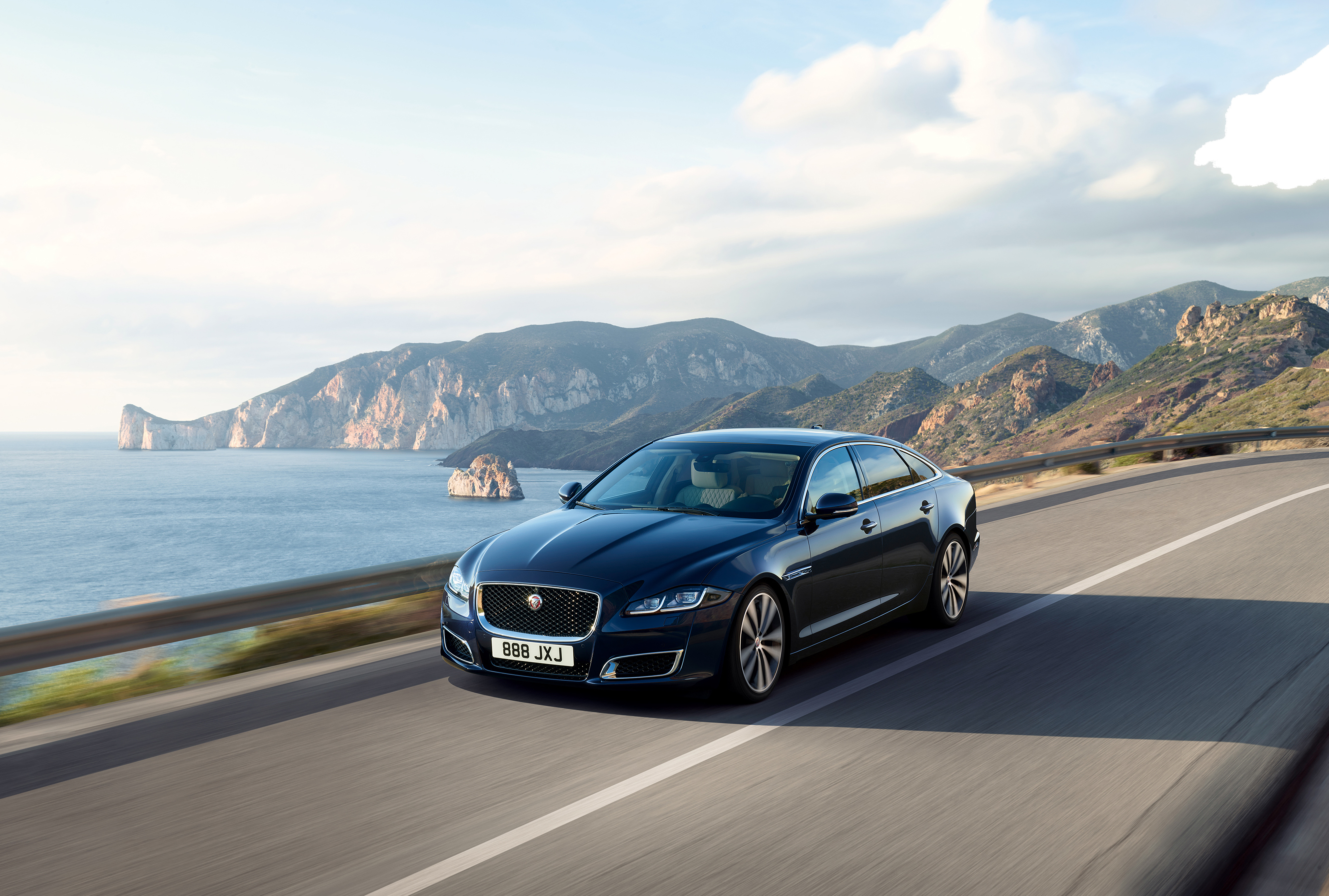 Jaguar XJ electric 2020: JLR announces EV and ‘giga-scale’ battery production plans
Jaguar XJ electric 2020: JLR announces EV and ‘giga-scale’ battery production plansIn Depth The British firm will build range of electric cars at revamped Castle Bromwich plant
-
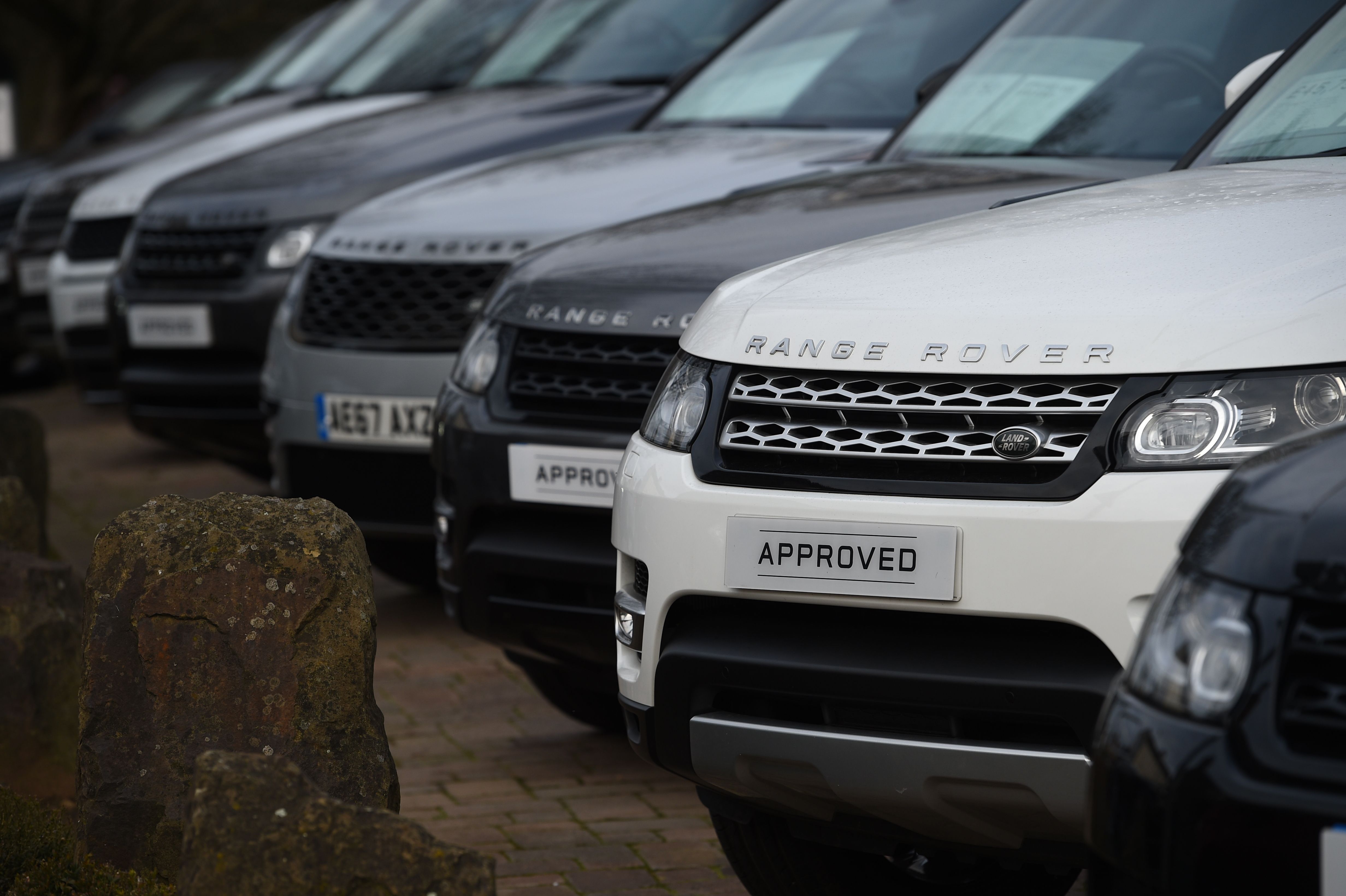 Jaguar Land Rover recalls 44,000 cars over ‘excessive’ CO2 emissions: are you affected?
Jaguar Land Rover recalls 44,000 cars over ‘excessive’ CO2 emissions: are you affected?In Depth Ten JLR models produce more greenhouse gases on the road than in testing